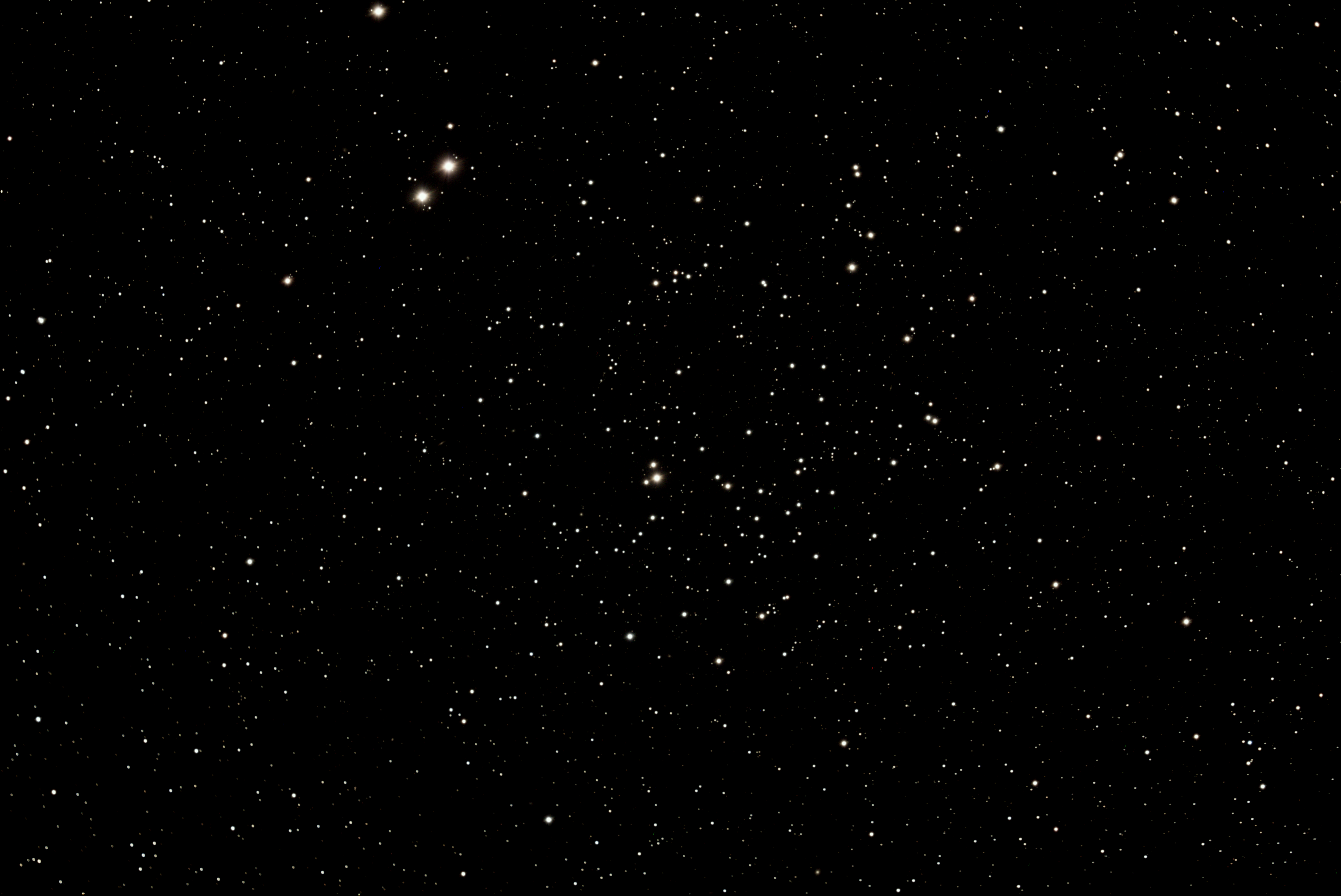NGC 752 on:
[Wikipedia]
[Google]
[Amazon]
 NGC 752 (also known as Caldwell 28) is an
NGC 752 (also known as Caldwell 28) is an
SEDS: NGC 752
/ref>

SEDS
– NGC 752
– NGC 752 in a hires
 NGC 752 (also known as Caldwell 28) is an
NGC 752 (also known as Caldwell 28) is an open cluster
An open cluster is a type of star cluster made of up to a few thousand stars that were formed from the same giant molecular cloud and have roughly the same age. More than 1,100 open clusters have been discovered within the Milky Way galaxy, and ...
in the constellation Andromeda. The cluster was discovered by Caroline Herschel in 1783 and cataloged by her brother William Herschel in 1786, although an object that may have been NGC 752 was described by Giovanni Batista Hodierna
Giovanni Battista Hodierna, also spelled as Odierna (April 13, 1597 – April 6, 1660) was an Italian astronomer at the court of Giulio Tomasi, Duke of Palma (Palma di Montechiaro). He compiled a catalogue of comets and other celestial object ...
before 1654.
The large cluster lies 1,300 light-year
A light-year, alternatively spelled light year, is a large unit of length used to express astronomical distances and is equivalent to about 9.46 trillion kilometers (), or 5.88 trillion miles ().One trillion here is taken to be 1012 ...
s away from the Earth
Earth is the third planet from the Sun and the only astronomical object known to harbor life. While large volumes of water can be found throughout the Solar System, only Earth sustains liquid surface water. About 71% of Earth's surfa ...
and is easily seen through binoculars, although it may approach naked eye
Naked eye, also called bare eye or unaided eye, is the practice of engaging in visual perception unaided by a magnifying, light-collecting optical instrument, such as a telescope or microscope, or eye protection. Vision corrected to normal ...
visibility under good observing conditions. A telescope reveals about 60 stars no brighter than 9th magnitude within NGC 752.Frommert, KronbergSEDS: NGC 752
/ref>
Components
The most up-to-date research lists 258 stars as members of NGC 752. Since the age of the cluster is Gyr, they are low mass stars in themain sequence
In astronomy, the main sequence is a continuous and distinctive band of stars that appears on plots of stellar color versus brightness. These color-magnitude plots are known as Hertzsprung–Russell diagrams after their co-developers, Ejnar Her ...
or red giant
A red giant is a luminous giant star of low or intermediate mass (roughly 0.3–8 solar masses ()) in a late phase of stellar evolution. The outer atmosphere is inflated and tenuous, making the radius large and the surface temperature around or ...
phase. A blue straggler star is also present, along with some spectroscopic binaries and variable stars. The detached eclipsing binary
A binary star is a system of two stars that are gravitationally bound to and in orbit around each other. Binary stars in the night sky that are seen as a single object to the naked eye are often resolved using a telescope as separate stars, in wh ...
DS Andromedae
DS Andromedae (often abbreviated to DS And) is an eclipsing binary star in the constellation Andromeda (constellation), Andromeda and a member of the open cluster NGC 752. Its maximum apparent visual magnitude is 10.44, but drops down to ...
is a member of this cluster.Images

Notable stars
References
External links
SEDS
– NGC 752
– NGC 752 in a hires
LRGB
LRGB, short for Luminance, Red, Green and Blue, is a photographic technique used in amateur astronomy for producing good quality color photographs by combining a high-quality black-and-white image with a lower-quality color image.Open clusters
Andromeda (constellation)
0752
028
Discoveries by Caroline Herschel